We may earn money or products from the companies mentioned in this post. This means if you click on the link and purchase the item, I will receive a small commission at no extra cost to you ... you're just helping re-supply our family's travel fund.
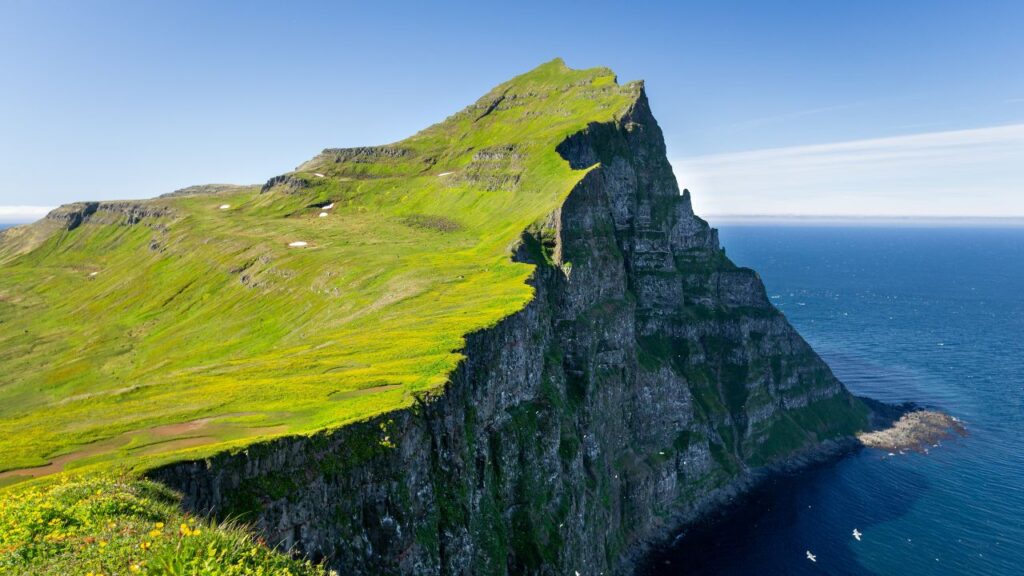
In a world where mass tourism often overwhelms popular destinations, some remote corners of Earth remain largely untouched, offering solitude, adventure, and an opportunity to explore places that are off the beaten path. These destinations are difficult to reach, but for the intrepid traveler, they promise once-in-a-lifetime experiences. Here’s a look at 9 remote corners of Earth that are still open to visitors, each offering a unique adventure into some of the most isolated places on the planet.
Lord Howe Island
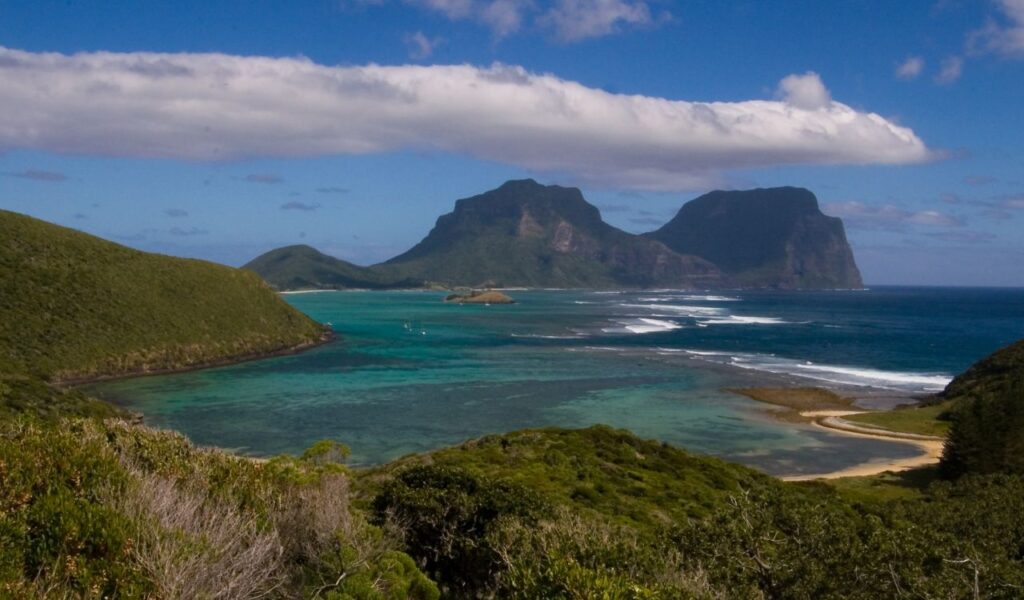
Located in the Tasman Sea, about 320 miles east of New South Wales, Lord Howe Island is a volcanic remnant with just 350 inhabitants. Despite its isolation, it offers luxurious accommodations, crystal-clear waters for snorkeling, and challenging hikes. Mount Gower, the island’s highest peak, provides a rewarding challenge for hikers. The island’s limited number of visitors (only 400 allowed per day) ensures a serene and crowd-free experience. It’s the perfect blend of nature and comfort.
Hornstrandir
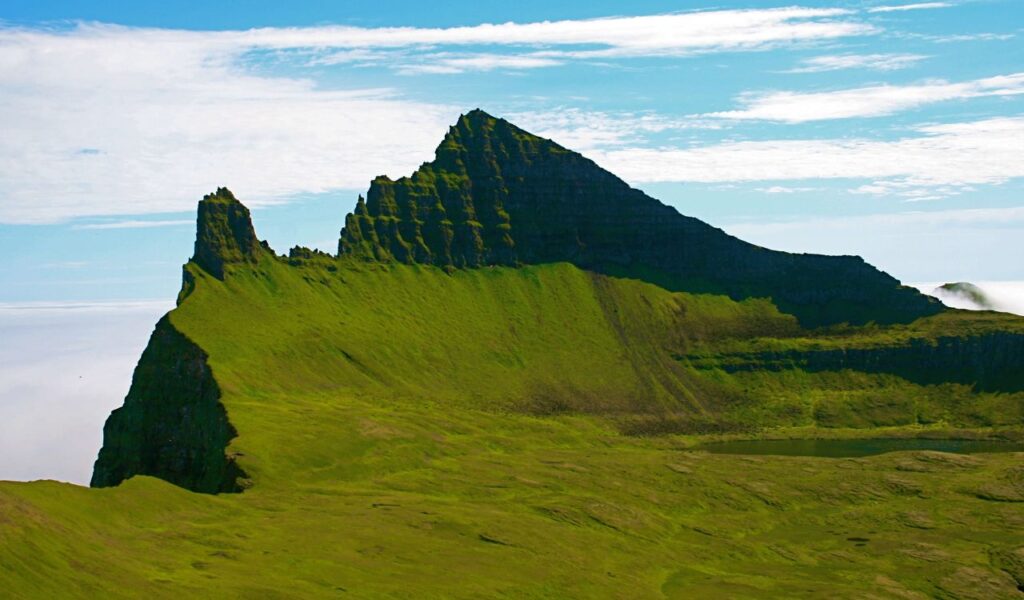
Iceland’s Hornstrandir Nature Reserve, located in the Westfjords, is one of the country’s most isolated places. Once inhabited, it has been uninhabited since the 1950s, allowing wildlife like the Arctic Fox to thrive. The dramatic cliffs, beaches, waterfalls, and vast wilderness provide an unparalleled hiking experience. The reserve is perfect for those seeking solitude and breathtaking landscapes, far from the usual tourist spots.
Rio Bec
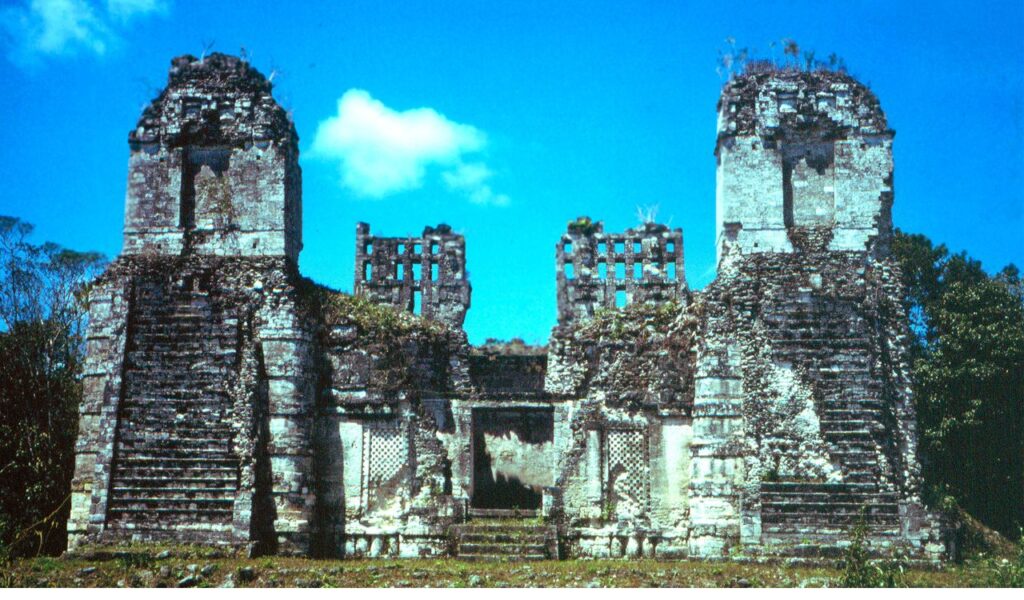
Deep in the Calakmul Biosphere Reserve, Rio Bec is a rarely visited Maya city surrounded by dense jungle. The ancient ruins, built around 700 A.D., feature pyramids with unique twin towers. These ruins were lost for more than 60 years after their discovery, making them a true hidden gem for history and archaeology enthusiasts.
Uunartoq
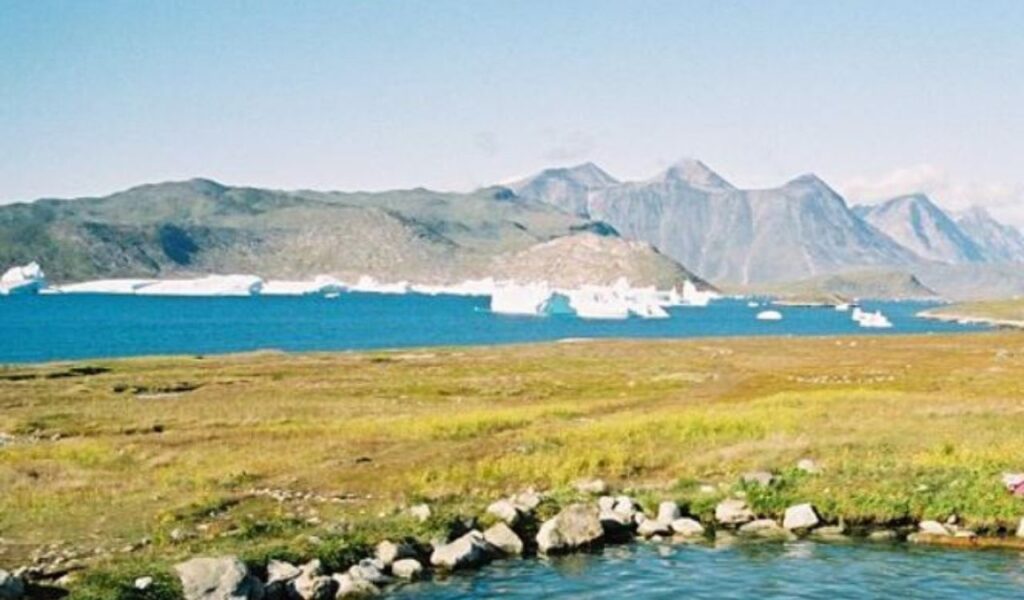
For a truly unique experience, visit Uunartoq Hot Springs, located on an uninhabited island in southern Greenland. The natural hot spring, fed by geothermal energy, offers a relaxing soak with stunning views of iceberg-filled waters. While the island is barren, its breathtaking beauty and the opportunity to witness the northern lights make it a rare and exceptional experience.
Three Fingers
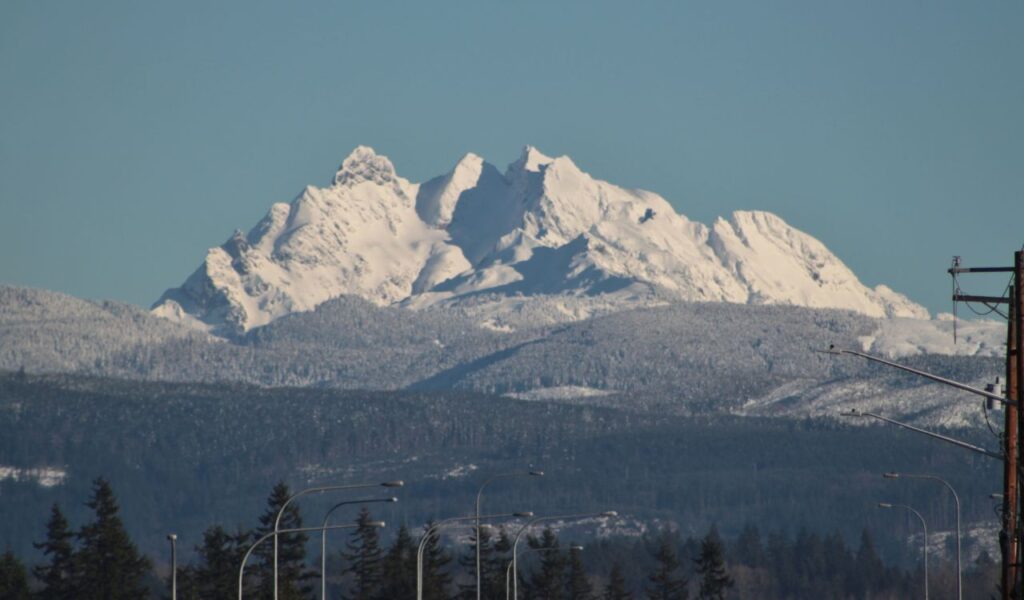
For those seeking a challenging adventure, the Three Fingers Lookout in Washington’s North Cascades provides an unforgettable experience. Built in 1933, this lookout tower sits at 6,854 feet and offers a 360-degree view of the surrounding wilderness. Getting to the lookout requires technical climbing and hiking through rugged terrain, making it an ideal spot for seasoned adventurers.
Middle Fork
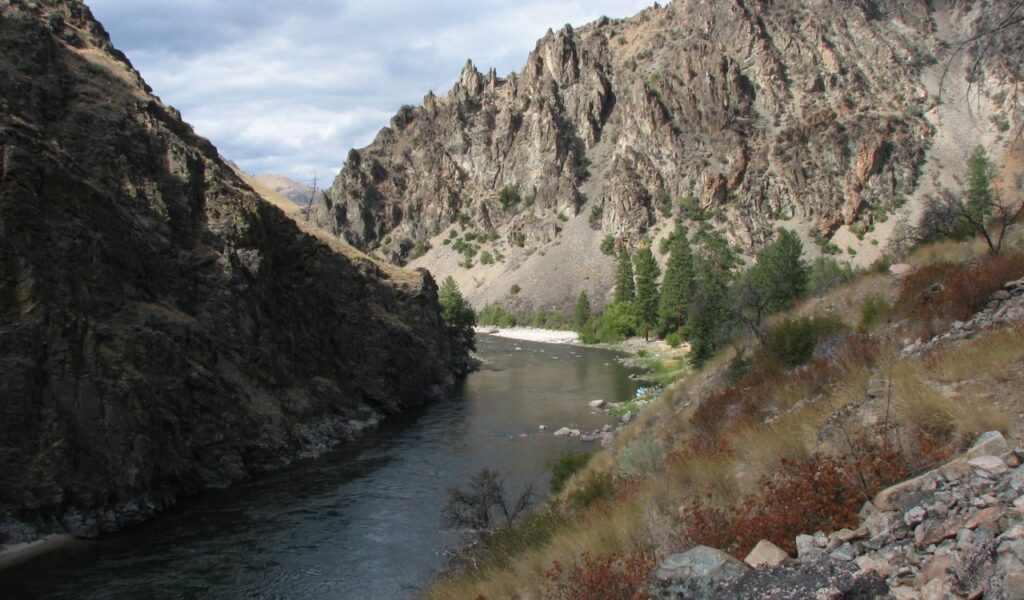
The Frank Church River of No Return Wilderness in Idaho is one of the largest roadless areas in the U.S. Within it, the Middle Fork of the Salmon River provides a thrilling rafting experience. Known for its challenging rapids, scenic beauty, and wildlife, the river adventure is a favorite for whitewater enthusiasts. With limited access, only a small number of group launches are allowed each day, ensuring a secluded experience.
Santa Rosa
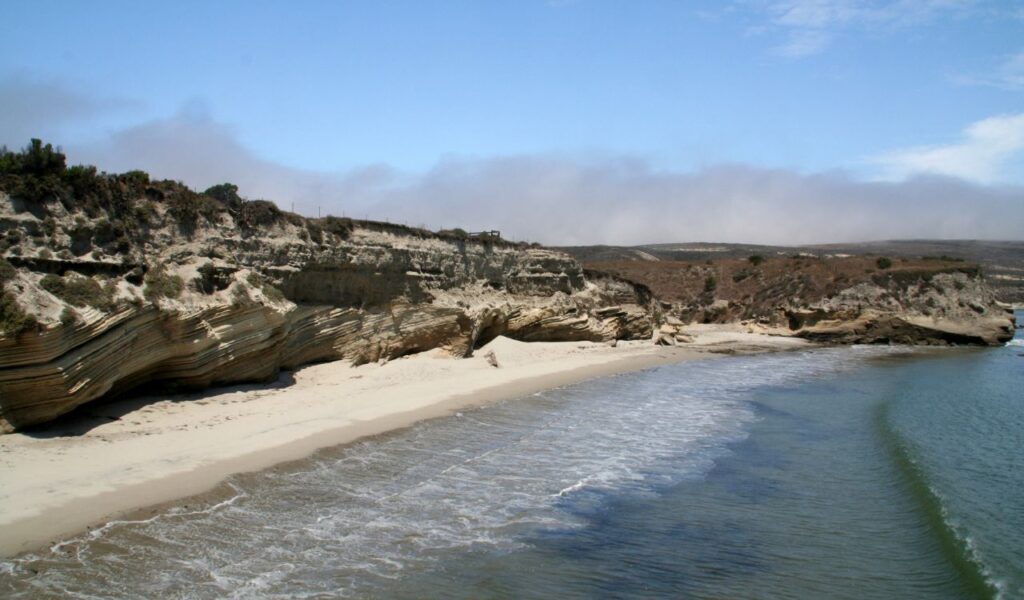
Located off the coast of Southern California, Santa Rosa Island is a remote spot for backcountry camping and wilderness surfing. The island’s beaches and clear waters provide ideal conditions for snorkeling and surfing, while its isolation ensures you’ll experience the coast without the crowds.
Mount Nkungwe
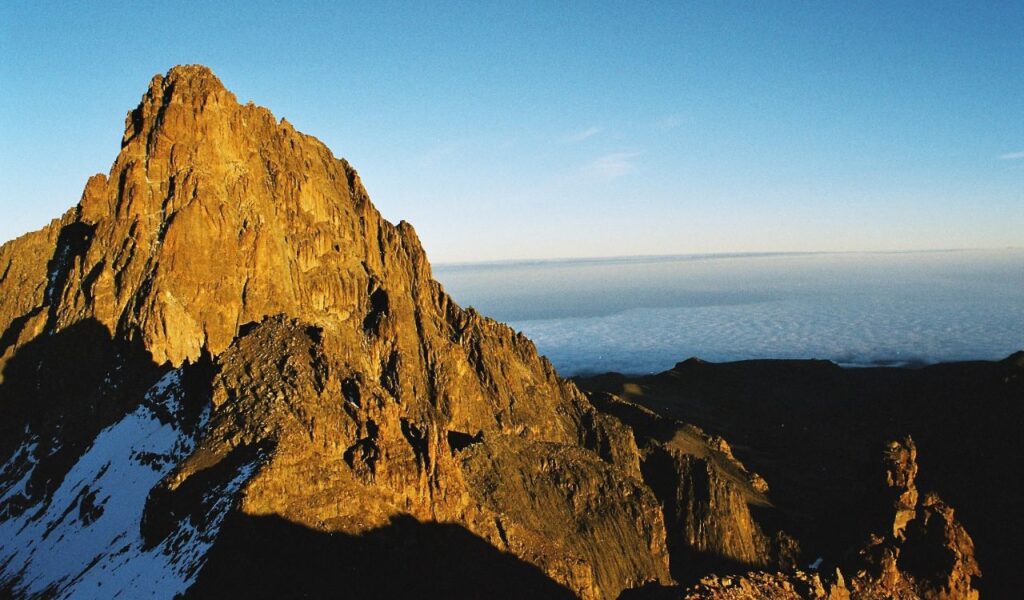
Situated in the remote Mahale Mountains National Park, Mount Nkungwe offers a challenging climb with breathtaking views of Lake Tanganyika. This park is one of the few places where chimpanzees and leopards share the same environment. Hiking to the summit of Mount Nkungwe requires several days, but the journey is rich with wildlife encounters and cultural immersion in this isolated part of Africa.
Athabasca
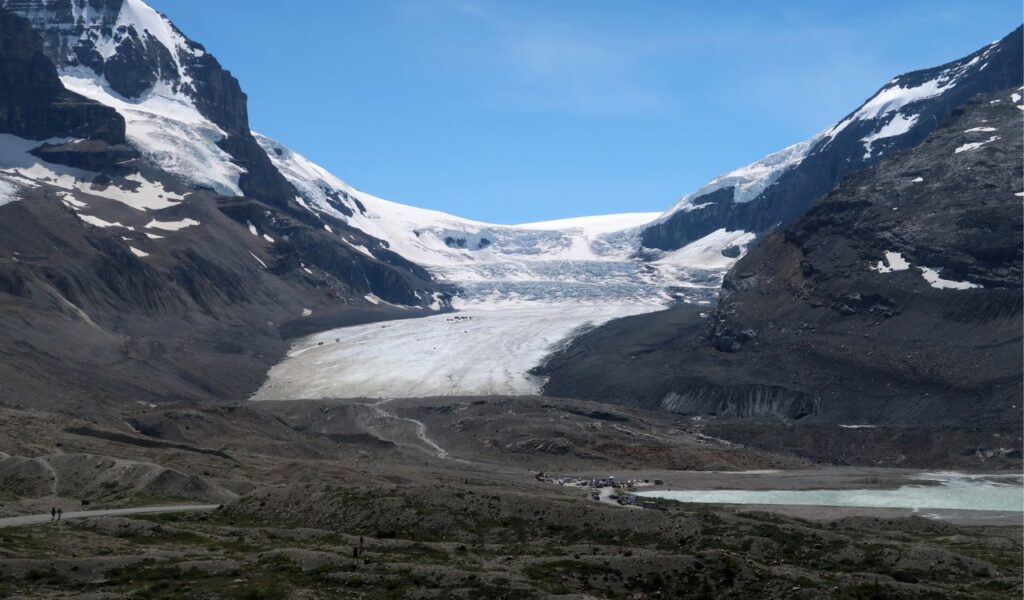
The northernmost sand dunes in the world, located in Saskatchewan, Canada, offer a desert-like landscape surrounded by boreal forest. With no roads and no services within the park, the only way to reach the dunes is by float plane or boat. The lack of infrastructure and its remote setting make it an ideal destination for intrepid adventurers seeking solitude in nature.